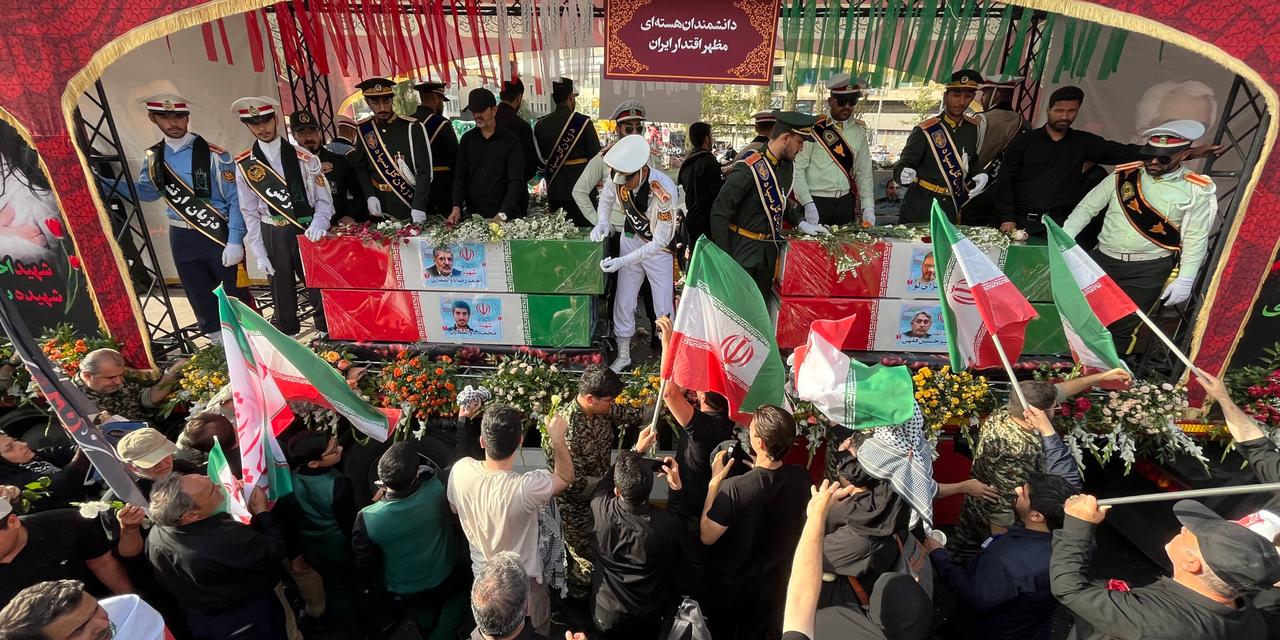


How Israel tracked down and assassinated scientists involved in Iran's nuclear program
InvestigationIsrael's attacks in June killed 16 leading researchers involved in Iran's efforts to develop an atomic bomb. Some of them had been under Israeli intelligence surveillance for two decades. With their deaths, Israel believes it has dealt the most decisive blow yet to Tehran's military nuclear program.
Thousands of supporters of the Iranian regime marched along Enghelab Avenue, in central Tehran, on Saturday, June 28, behind the coffins of victims of Israeli strikes that decimated the country's security apparatus. On that day, the Islamic Republic held state funerals for its high-ranking officers and several nuclear scientists killed during the first bombings, an unprecedented wave of assassinations in the country's history.
Admiral Ali Shamkhani, reported dead on the first day of the war and then rumored to have lost a leg, reappeared for the occasion, wounded but standing on his own two legs, leaning on a cane. The bodies of the scientists were laid to rest in a Shiite mausoleum in the impoverished Rey neighborhood, where dignitaries of the regime and artists are buried.
Israel had tracked these men's every move for two decades. The country had already attempted to assassinate one of them, Fereydoun Abbasi, in 2010. This physicist, a zealous ideologue, as pious as he was hard-working, had jumped out of his car with his wife just before a bomb, believed to have been planted by Israeli agents, exploded. So began the first wave of assassinations of Iranian scientists attributed to Israel.
Abbasi went on to become vice president of the country and head of its Atomic Energy Organization – a vantage point from which he fought against any international agreement that would restrict Iran's nuclear program. He died on June 13. He was buried alongside colleagues linked to the Organization of Defensive Innovation and Research (SPND, its Persian acronym): a center suspected of having conducted research since the 1990s aimed at militarizing the uranium enriched by Iran, in order to acquire the capability to assemble a nuclear weapon, should the regime choose to do so.
You have 84.36% of this article left to read. The rest is for subscribers only.
